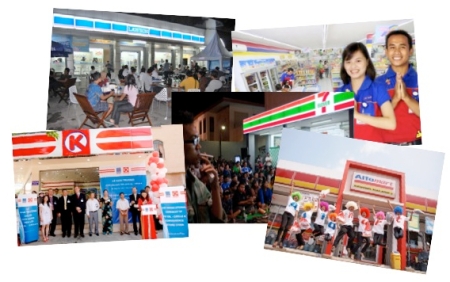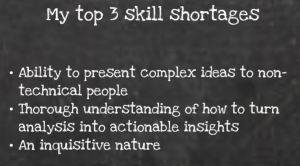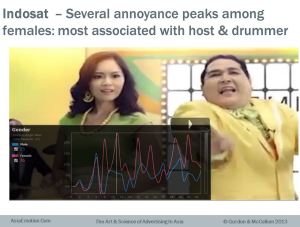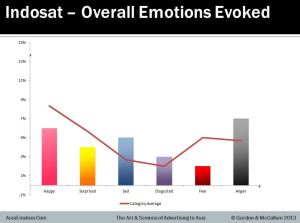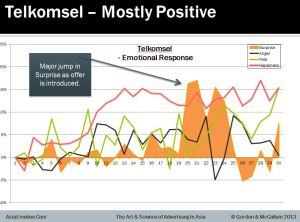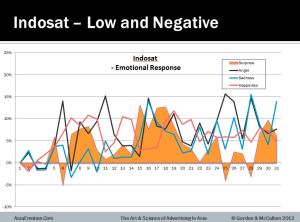Many have said that mankind’s progress for the past 5 millennia has been driven by three basic motivations:-
- Greedy people wanting more
- Lazy people wanting to do less
- Frightened people wanting to be safe
Today, competition and self-interest, …. taking the easy options when things look too hard, ….and risk-aversion are part of the business world, MR is no exception.
We see three different values necessary for future prosperity; they will change the way we operate, the desired skill sets, and how agencies and clients work together.

Agencies, conditioned to compete for everything, will instead collaborate both to win clients’ business and then to service it.
We see idleness as the blind adoption of ‘the method we used last time’…… or ‘quick and dirty’ research used to justify a decision already made. This will be replaced by agility – smart thinking and technology combining with ‘fast and focused’ research to provide competitive edge.
Benefitting from collaboration and agility involves risk-taking – clients and agencies will be in new territory and so be more open not only to sharing but also to experimenting with new, untried methods often covering emerging areas of consumer behaviour. The payoff is potentially bigger gains from deeper insights and understanding.
In determining the desired skill sets we first consider the client imperatives then match the skills to fulfilling the demands of those imperatives.
When it comes down to it, the two main reasons to undertake research are for
- Enhancement and
- Innovation
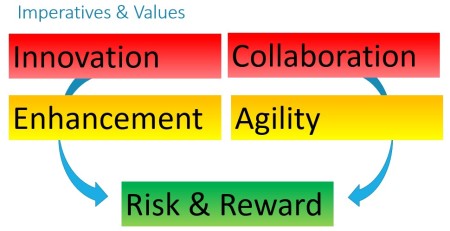
Amongst the many skills sets available, these four stand out
- Integration
- Agility
- Understanding new brand relationships in a digital world and,
- Staying true to the fundamentals
Enhancement is improving the existing brand portfolio by launching extensions, adjusting price, increasing performance –actions to keep the brand competitive by avoiding commoditisation.
It is time-sensitive and demands ‘good’ information speedily delivered. This has driven much of the innovation in mobile and online along with the emphasis on ‘fit for purpose’ research. But you cannot determine if something is fit for purpose unless you have a strong understanding of the fundamentals.
Enhancement demands ‘agile’ skills. Agile research is not just about technology where costs and time are saved then decision making is based on the most recent state of the ‘market’.
Agile research is about being flexible in design and not necessarily following standard methodologies to address common questions. It’s the agility of thinking and framing the issues that generates the potential for a new insight or perspective.
Innovation is a multifaceted challenge, continuously undertaken in a complex and fast moving environment. Recently, in ESOMAR’s Research World, the industry as a whole was criticised for not meeting the demands of innovation. MR was not exploiting new thinking and technology to generate innovative ideas. It was only using innovation for operational efficiency.
The adoption of new and innovative ideas is frequently a daunting task for any researcher, research team, and even research organisation. But by collaborating across the research spectrum, the integration and synthesis of disparate data sources, for example, becomes less of a challenge and more attractive.
So collaboration is a new soft skill but for agencies and for clients. Buyers need to re-engineer their research agency relationships by engendering cooperation where rival agencies can work together without compromising competitive advantages.
Furthermore, if clients demand agile research they need to embrace the increased risk inherent in innovative applications of research methods. Those clients will be rewarded with the best and brightest vying for their business – the top researchers always push to work with the most interesting clients!
David McCallum, 2016
Elements of this blog first appeared in “Partnership, Marriage, Hook-up, or One Night Stand? – Client & Agency Relationships in the Digital Age” by Tomoko Nishi & David McCallum at ESOMAR APAC, Tokyo, May 2016



 Posted by David McCallum
Posted by David McCallum 
